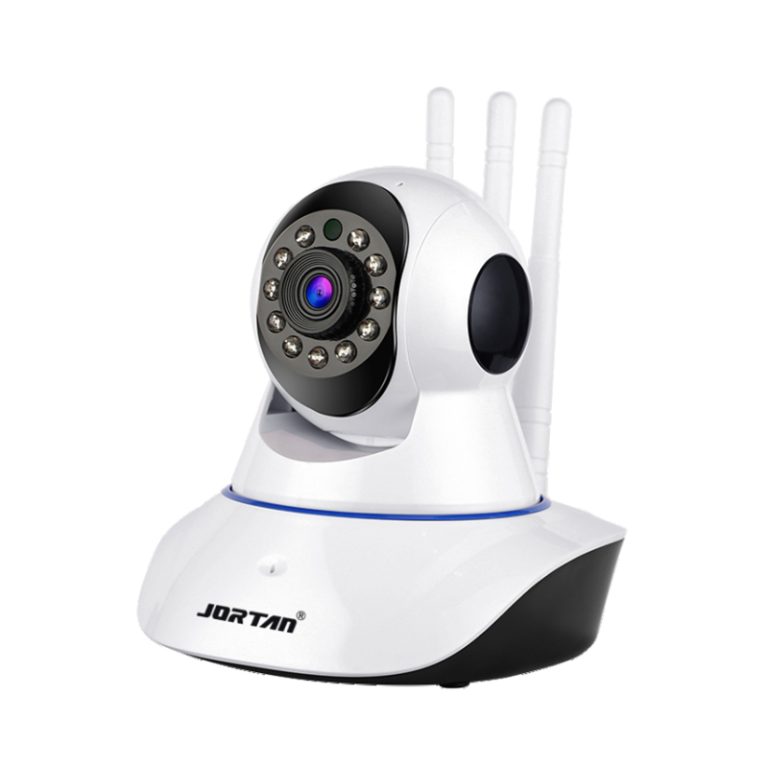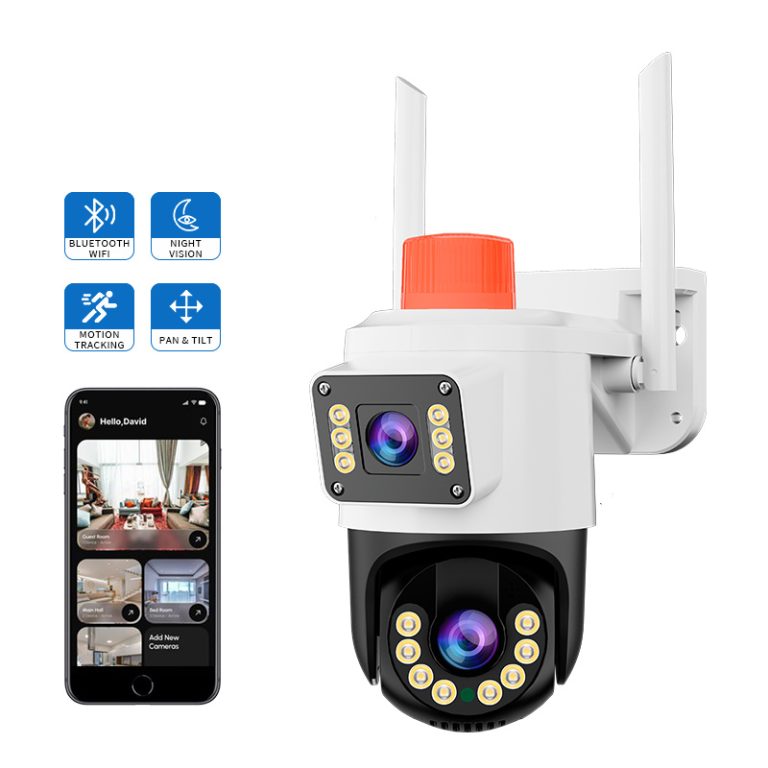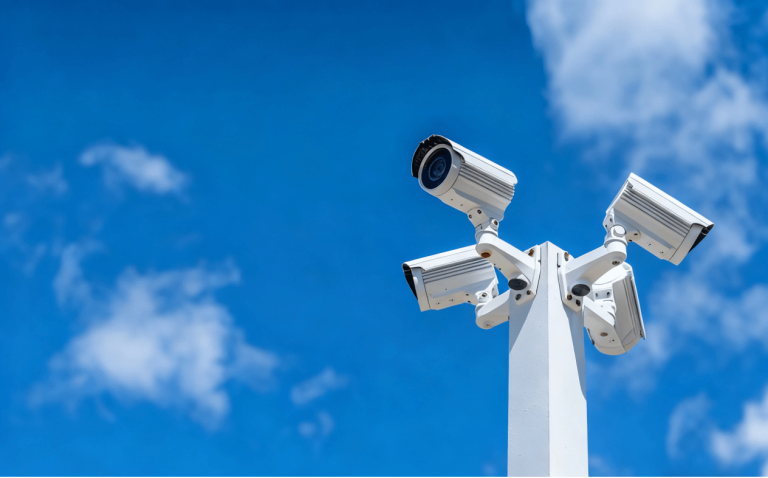Selecting the right one for the right spot is the first step to building an effective security system. This guide will cut through the complexity and show you the key differences between Bullet, Dome, and PTZ cameras, putting an end to your decision fatigue. Whether you’re setting up wireless security cameras at home or installing security cameras for business, understanding these basics helps. We’ll dive into how shapes affect performance, real-world uses, and tips to match them to your needs. Think about it— a mismatched CCTV security camera might leave gaps in coverage or waste your budget. By the end, you’ll feel ready to pick the best fit, like choosing an IP camera for sharp remote viewing or a dual lens camera for extra detail.
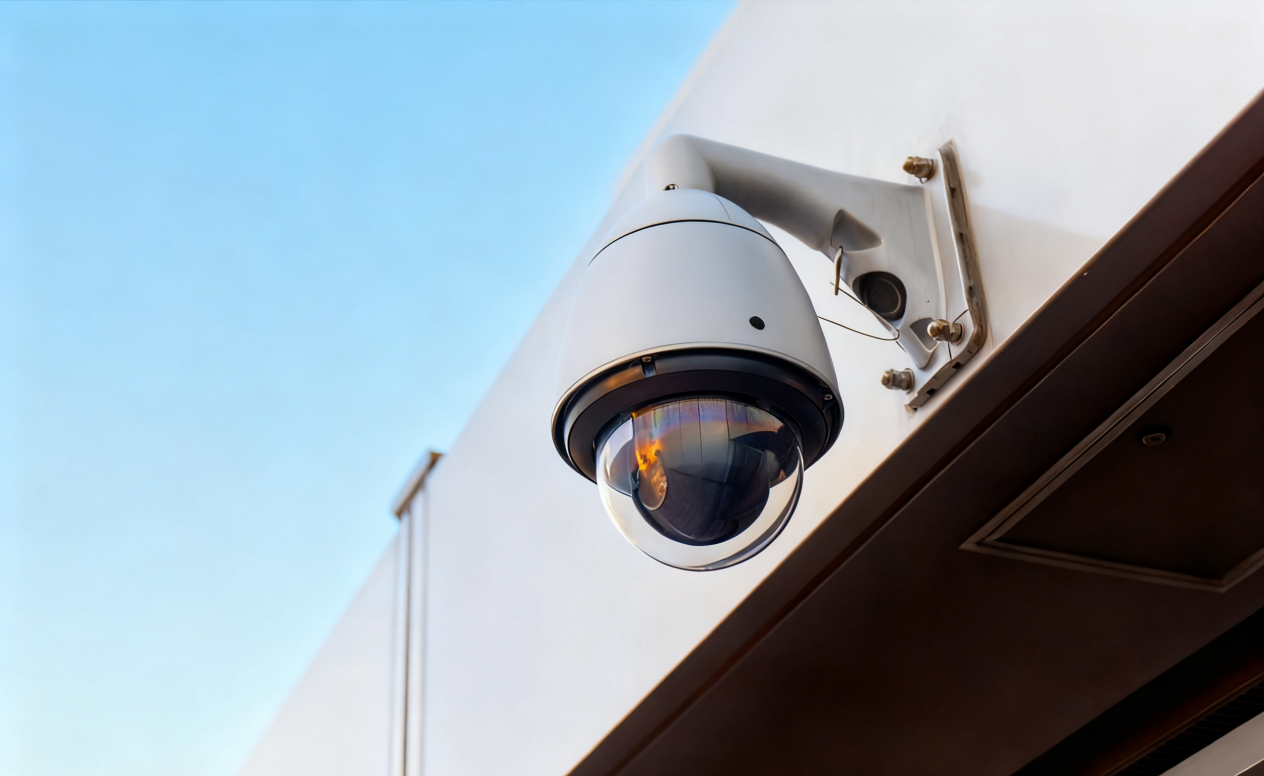
Solve Your Selection Dilemma and Find Your Perfect CCTV Match
Picking a CCTV security camera isn’t just about grabbing the cheapest option. It starts with knowing why details like shape and features matter in everyday use.
Why does camera shape matter? The shape of a CCTV security camera influences everything from visibility to durability. Bullet CCTV cameras, for instance, stick out like a finger pointing at potential threats. That design helps with focused, long-distance views. Dome cameras hide their direction behind a rounded cover, making them less obvious to intruders. PTZ models add movement, letting you scan areas on demand.
Shape affects installation too—bullets mount easily on walls for outdoor spots, while domes fit ceilings without drawing eyes. In short, the right shape boosts reliability. Consider wireless security cameras; their shape can impact signal strength in open areas. A poor choice might mean blurry footage or blind spots. Studies show that proper camera placement reduces false alarms by up to 40%, based on data from security firms like Avigilon. So, think about your space first.
Moving from why shape counts, let’s break down the basics of these three types to see how they stack up side by side.
Three Main Types at a Glance: Bullet, Dome & PTZ
A brief introduction to bullet, dome and pan-tilt cameras. Each has its strengths for different setups, whether it’s a simple home system or security cameras for business.
Bullet CCTV cameras excel in targeted surveillance. Dome PTZ cameras combine discretion with some movement. Standalone PTZ options offer the most flexibility. For wireless security cameras, all three can connect via Wi-Fi, but PTZ might need stronger signals for smooth panning. A dual lens camera variant in domes adds extra views without extra hardware.
The Bullet Camera: Your Go-To for Long-Range Visibility
Bullet cameras stand out for their straightforward design. They handle tough outdoor conditions well, making them a solid pick for many users.
Spot a bullet CCTV camera by its tube-like body, often 6 to 8 inches long. That shape houses a lens at the front, with mounting brackets for walls or eaves. Many come with IP ratings like IP66 for dust and water resistance. Inside, you’ll find IR LEDs for night vision up to 30 meters. Wireless security cameras in bullet style use built-in antennas for easy setup without cables. Think of models like those with 4MP resolution—they capture clear details even at distance. The look screams “security,” which deters thieves. But it’s not just appearance; the design focuses light for sharper images in narrow fields.
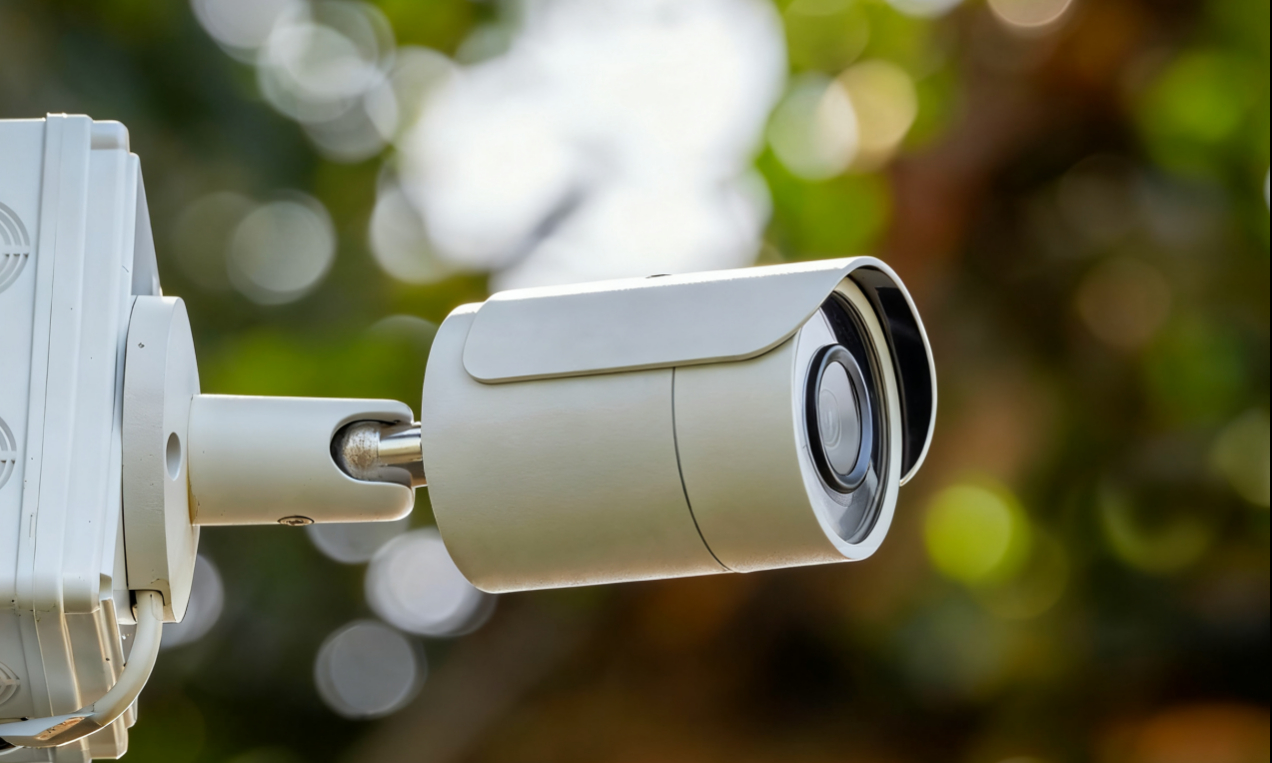
When Choosing a Bullet Camera is Your Smartest Move
Go for a bullet CCTV camera when you need to watch specific spots from afar. They’re great for home driveways, catching license plates at 20 meters. In business, security cameras for business often use bullets to monitor perimeters or loading docks. One report from Verkada notes that they reduce theft in warehouses by 25% due to visible presence. Pair with an IP camera setup for remote app access. Wireless security cameras make installation quick—no drilling through walls. For extra punch, look at dual lens camera versions that split views for wider context. They’re tough too, handling temperatures from -20°C to 60°C. If your area has long hallways or roads, this type covers it without blind spots.
Knowing the upsides is key, but every camera has drawbacks worth noting before you buy.
Being Aware of the Bullet Camera’s Limitations
Bullets aren’t perfect. Their fixed direction means you can’t adjust views remotely like a PTZ. Tampering is easier since the lens points obviously. In heavy rain, water might streak the front, though good models have hoods. Wireless security cameras can face signal drops in metal buildings. Costs add up if you need many for full coverage—expect $50 to $100 per unit. Compared to a 360 degree wireless camera, bullets lack all-around views. Maintenance involves cleaning the exposed lens more often. Still, for focused tasks, these limits don’t outweigh the benefits.
The Dome Camera: Unseen Guardian for Comprehensive Coverage
Dome cameras bring a different vibe. They blend in while watching wide areas, ideal for places where subtlety matters.
A dome CCTV security camera hides under a tinted bubble, so intruders can’t tell where it’s looking. This setup uses wide lenses for 90° to 120° views. Many are vandal-resistant with IK10 ratings, surviving hits from tools. Inside, features like motion detection trigger alerts. As an IP camera, it streams to your phone seamlessly. Dome PTZ camera variants add quiet panning without obvious movement. The design fits flush on ceilings, reducing dust buildup. For wireless security cameras, batteries or Wi-Fi keep things cable-free. Real stats show domes cut vandalism by 30% in retail, per Pelco data, because they’re hard to spot and disable.
From how they stay hidden, let’s see where they fit best in daily life.

Deploy Dome Cameras in These Key Areas
Place dome cameras in stores, offices, or homes for broad oversight. They’re perfect for lobbies, watching multiple entries at once. Security cameras for business rely on them for indoor halls, covering up to 500 square feet per unit. Outdoors, weatherproof models guard patios. A 360 degree wireless camera in dome form eliminates dead zones in rooms. Dual lens camera options layer close-up and wide shots. Installation is simple—screw to a surface and connect. In schools, they monitor hallways without intimidating kids. One setup tip: aim for 8-10 feet high to avoid reach.
Beyond placement, domes pack advantages that set them apart from other types.
The Unique Advantages a Dome Camera Offers You
Domes shine in versatility. Their wide angles mean fewer cameras needed, saving money—often 20% less than bullet setups for the same space. Night vision reaches 20 meters with IR. As wireless security cameras, they integrate with smart homes easily. Vandal-proof casings last longer in public spots. Compared to bullets, they’re less noticeable, boosting surprise factor. For security cameras for business, analytics like people counting add value. A dome PTZ camera combines this with zoom for detailed checks. Overall, they balance cost and coverage well.
The PTZ Camera Putting Active Control Right at Your Fingertips
PTZ cameras change the game with movement. They let you direct the view live, adding smarts to surveillance.
A PTZ CCTV security camera pans 360°, tilts 90°, and zooms up to 30x. Motors inside make this smooth, controlled via apps. Many hit 4K resolution for crisp details. As an IP camera, it sends alerts on motion. Dome PTZ camera styles keep it compact. Features include auto-tracking, following subjects automatically. IR range often tops 100 meters. Wireless security cameras in PTZ need stable Wi-Fi for real-time control. Dual lens camera adds fixed wide views alongside zoom. Expect speeds like 100° per second for quick scans.
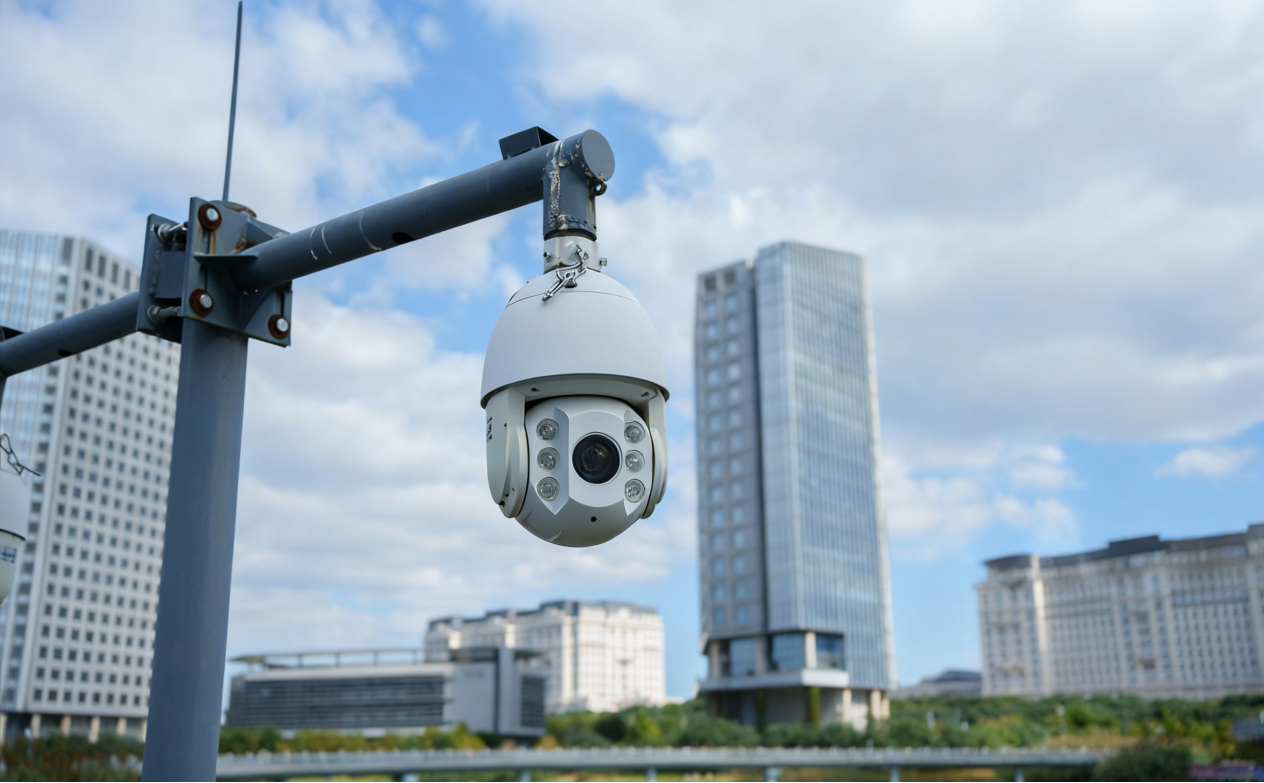
Where PTZ Cameras Become Indispensable
Use PTZ for big spaces like parking lots or warehouses. They track vehicles across 200 meters. Security cameras for business use them at entrances for face capture. In homes, a 360 degree wireless camera PTZ watches yards fully. Events or construction sites benefit from remote panning. One case: airports cut incidents by 35% with PTZ, per FLIR reports. Setup involves mounting high for overview. Pair with software for scheduled patrols.
Considerations When Owning a PTZ Camera
PTZ cameras cost more, from $100 up, due to mechanics. Parts wear over time, needing service every 2-3 years. Power draw is higher, especially wireless security cameras. Blind spots occur during panning—fixed cameras help there. Complex apps might confuse beginners. In windy spots, stability matters. Still, for active monitoring, they’re worth it.
Conclusion
Now you’re equipped with the core knowledge to distinguish between the main CCTV camera types. Remember, the most effective security system is often a hybrid solution: use bullet cameras to guard critical chokepoints, deploy dome cameras for wide, unobtrusive coverage, and employ PTZ cameras as your mobile unit to respond to incidents as they happen.
Explore Jortan‘s full range of security solutions to discover our meticulously designed bullet, dome, and PTZ cameras for every scenario. Contact us at kingjin@safejortan.com.cn to get started on reliable IP cameras or security cameras for business. Make the intelligent choice for your property and peace of mind today.

